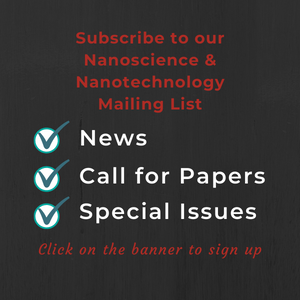System Upgrade on Tue, May 28th, 2024 at 2am (EDT)
Existing users will be able to log into the site and access content. However, E-commerce and registration of new users may not be available for up to 12 hours.For online purchase, please visit us again. Contact us at customercare@wspc.com for any enquiries.
"This quick and easy to read book would be most useful for those charged with managing innovation within their companies, with the main focus on larger companies with well-established processes that can sometimes hinder innovation. Individual innovators may also be interested, especially those transitioning from academia to industry to gain an understanding of what is generally expected in industry from the innovation point-of-view."
"A concise guide to early-stage innovation which will be valuable to everyone making the transition from individual scientist or engineer to a role in achieving innovation by an organization."
This transition is often harder than is recognized. The target audience has typically reached the top of an educational ladder, and moves, with a first job, to an organization with different norms, objectives and understanding of innovation. Relevant organizations are wide-ranging, and include companies, governments (local or national), government agencies and educational institutions. The primary purpose of this book is to provide a useful resource for those making the above transition. It may also be of value to people interacting with innovative scientists and technologists from other perspectives, for example from those in funding, commercial or managerial roles.
The book has three areas of focus. Firstly, on early-stage innovation, covering the journey from idea to proof-of-concept. Here the factors involved are common across many different areas. Secondly, on the needs of scientists and technologists, and thirdly on innovation by organizations.
The contents cover key ideas in innovation, processes for stimulating and managing early-stage innovation, open innovation, and behaviors and communications which support innovation. Conceptual frameworks are described, as well as practical examples. A set of case studies is included, and extensive references are provided. A concluding chapter discusses developments in the management of innovation.
The content has been shaped by the author's experience in giving many interactive courses on managing early stage innovation to scientists and engineers, which has given insights into needs; the style is shaped by the author's track record in scientific publications and lecturing. The focus, content and style will make the book more accessible and attractive to the target readership than related books on the market, and will benefit the target readership by enabling them to become more effective in roles involving innovation.
Structured and unstructured views of how innovation happens

Fig. 2.1. How innovation actually happens. Reprinted with permission of the publisher. (From "Intrapreneuring in Action", copyright © 1999 by G. Pinchot and R. Pellman, Berrett-Koehler Publishers, Inc., San Francisco, CA. All rights reserved. www.bkconnection.com.)

Fig. 2.2. Early and later stage innovation.
Two of the wide-ranging set of eight case studies discussed: Highly reflective laminates (Albea) and a bag which turns into a desk (Prayas Innovation)

Fig. 5.1. Highly reflective laminates developed by Albéa for cosmetic tube packaging.

Fig. 5.3. Prayas Innovation: the Yelo bag.
Sample Chapter(s)
Preface
Chapter 1: Innovation: What Is It, Why Do It?
Contents:
- Innovation: What Is It, Why Do It?
- Building the Innovation Process
- Open Innovation
- Behaviors, Teams, Communications and Learning
- Case Studies
- Next Steps
Readership: Scientists, engineers, technologists, business people, innovation managers and teachers.



























